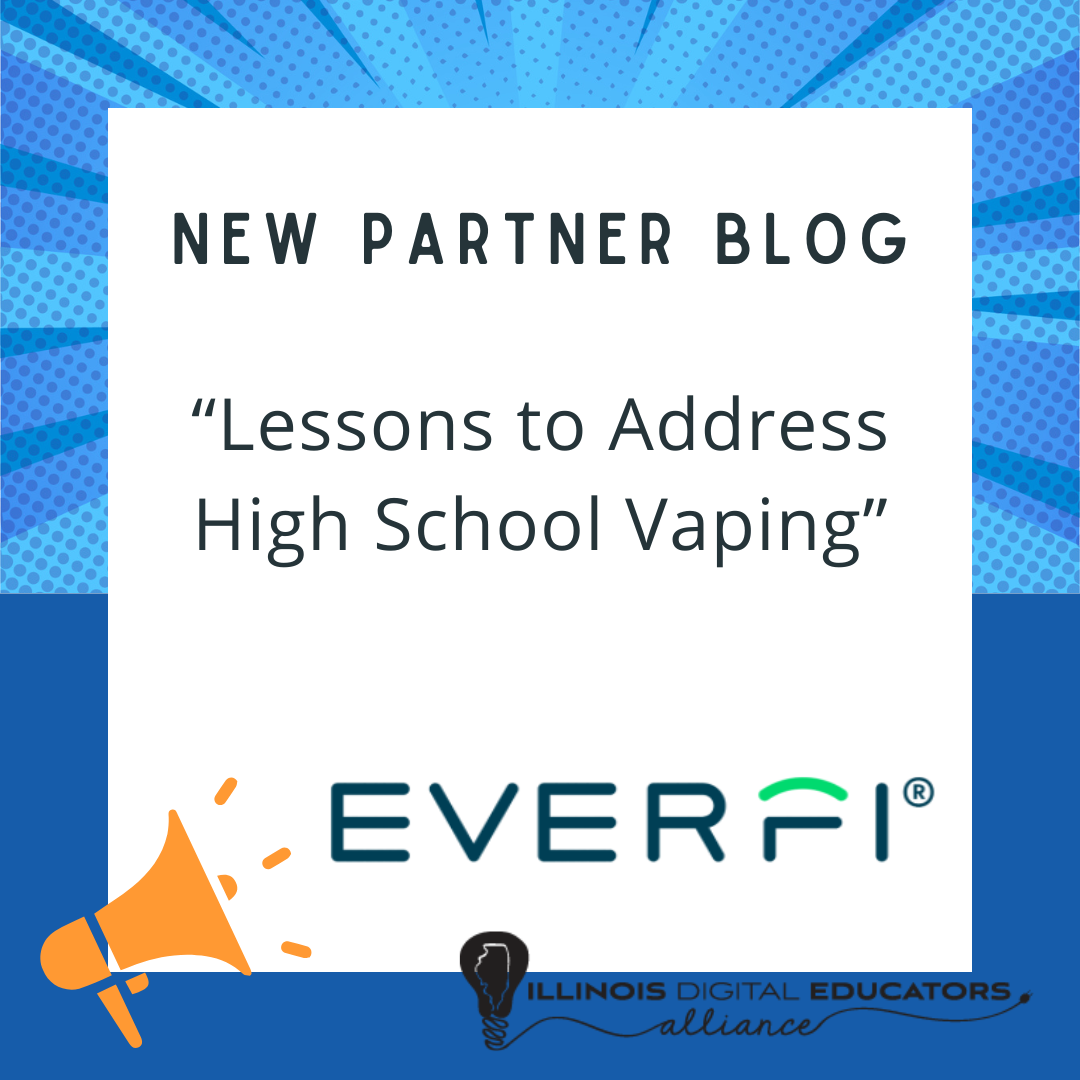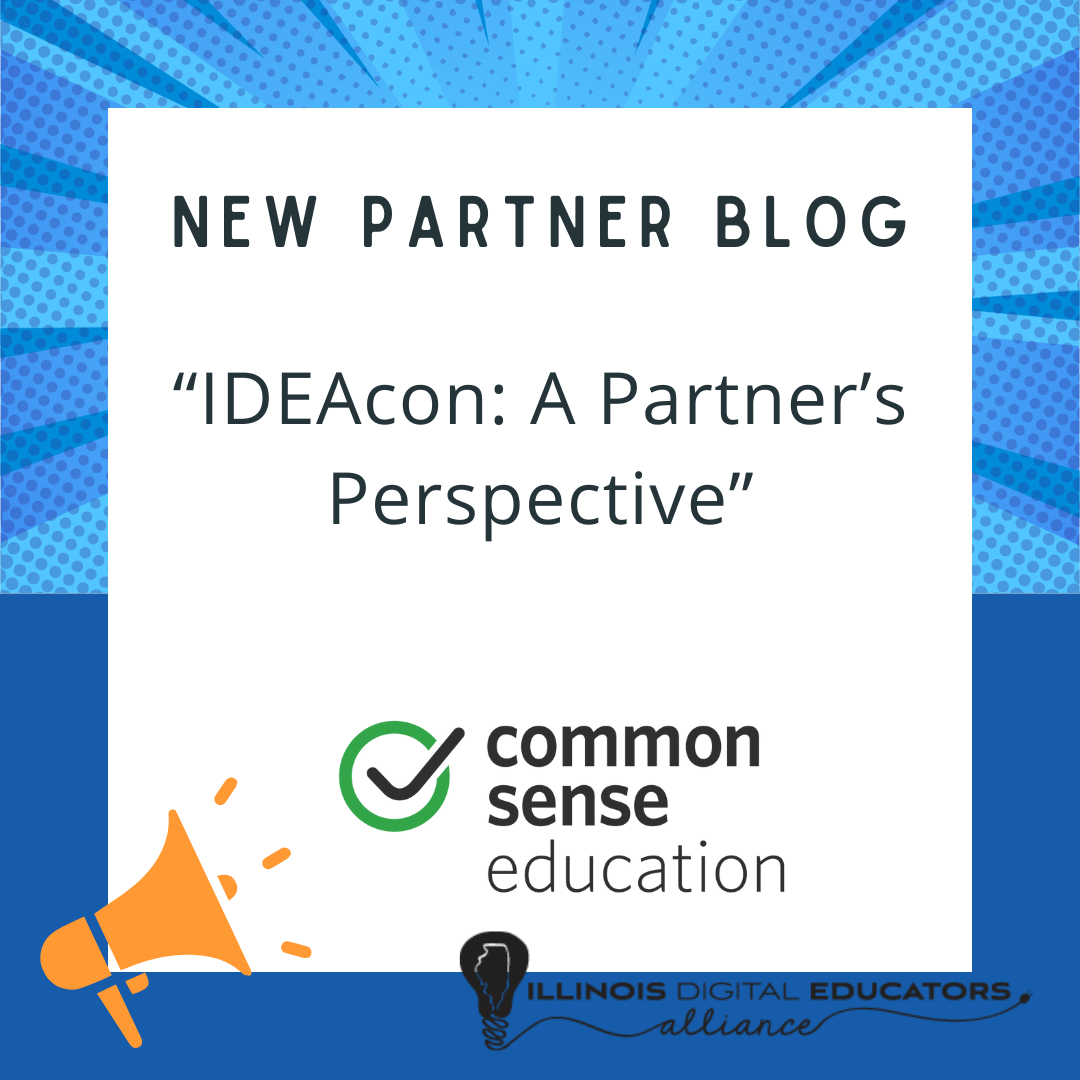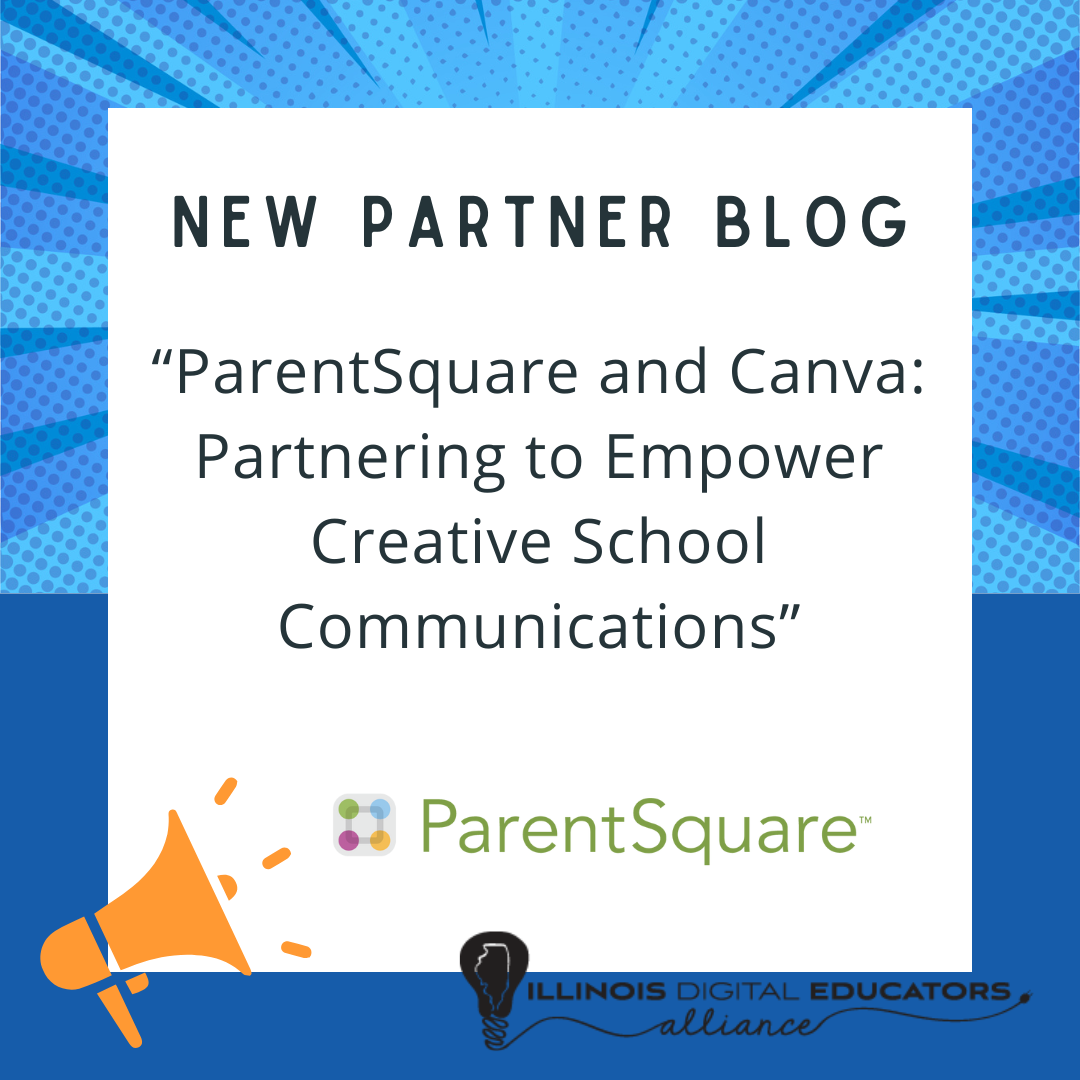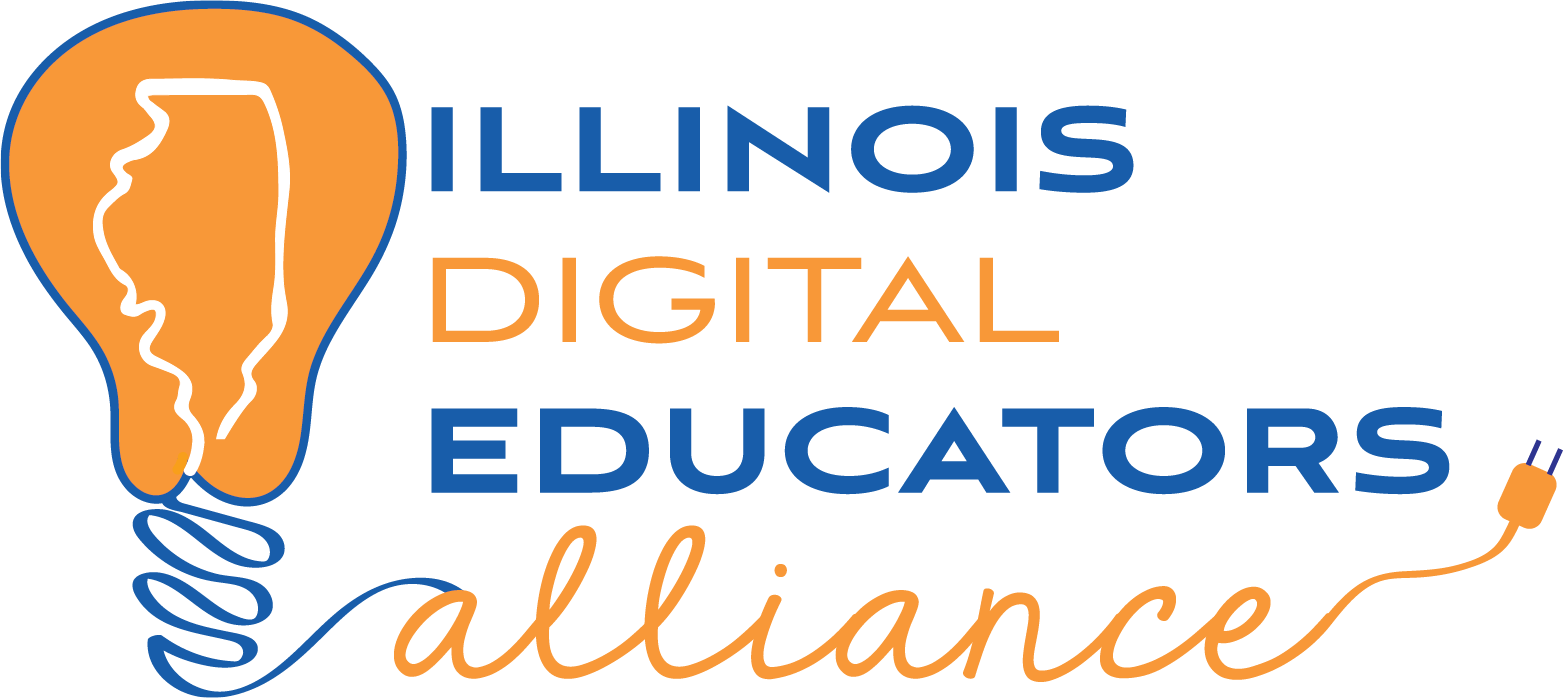The Power of Gamification in Education
“Games are popular because they engage players in a structured environment where they are given goals, rules, feedback, and the chance to challenge themselves. They empower learners by providing a sense of autonomy and competence, allowing them to take control of their own learning journey.”
— Karl M. Kapp, The Gamification of Learning and Instruction
The way we learn from infancy is through games. We play to learn how to interact with the world around us. Why should education be any different? Gamification is a powerful tool that brings the excitement of games into learning environments. It not only makes learning more fun but also helps build critical skills in a memorable way.
What is Gamification?
Gamification is the use of game-like elements in non-game contexts, such as the classroom. It involves incorporating aspects like points, rewards, levels, and competition into the learning process. Remember a time when we reviewed our tests by competing in Jeopardy? Some still use the idea of Jeopardy for students to review important facts before a significant learning benchmark. We incorporated a game aspect to engage students in recalling essential information. By turning lessons into interactive experiences, teachers can motivate students and create a more dynamic learning environment.
For example, a math lesson might include a leaderboard where students earn points for solving problems correctly, or a reading challenge might offer "badges" as rewards for finishing books. These game-like elements encourage students to participate more actively and stay engaged.
Gamification Ideas for the Classroom
Here are some simple, effective ways teachers can introduce gamification into their classrooms:
- Classroom Leaderboard: Track progress and reward students for completing assignments or improving test scores. Use points, stars, or badges to represent their achievements.
- Quest-Based Learning: Turn units of study into quests, where students unlock new parts of the lesson after completing tasks. This can be especially effective in subjects like history or science, where learning can be structured like a story.
- Reading Challenges: Set up a reading challenge where students earn badges or rewards for completing books or reading a certain number of pages.
- Math Games: Use math apps or board games that allow students to solve problems and compete for the highest score. Apps like Prodigy Math or Khan Academy Kids incorporate game elements that motivate students to practice regularly.
- Interactive Storytelling: For creative writing or social studies, students could progress through a narrative where they make decisions and solve problems based on the material they’re learning.
- Typing Challenges: Have your students practice typing and then quiz them on their words per minute and accuracy. When they reach certain benchmarks, students can receive rewards and prizes.
Conclusion
Gamification transforms the classroom into a place where learning feels like play. Every student—whether they’re working to earn their next badge or helping their team solve a puzzle—can thrive. By tapping into the natural enthusiasm of 2nd-5th graders for games, teachers can unlock a new level of engagement and excitement in their students, making education a more enjoyable and effective experience.
Ultimately, when learning is fun, students not only gain knowledge but also develop a lifelong love of learning.
References
- Kapp, K. M. (2012). The Gamification of Learning and Instruction: Game-based Methods and Strategies for Training and Education. Pfeiffer.
- Lee, J. J., & Hammer, J. (2011). Gamification in education: What, how, why bother? Academic Exchange Quarterly, 15(2).
- Huang, W. H.-Y., & Soman, D. (2013). A Practitioner’s Guide to Gamification of Education. Rotman School of Management, University of Toronto.
- Gee, J. P. (2003). What video games have to teach us about learning and literacy. Computers in Entertainment, 1(1), 20-20.
- Seaborn, K., & Fels, D. I. (2015). Gamification in theory and action: A survey. International Journal of Human-Computer Studies, 74, 14-31.

Sara Reynolds has been a classroom teacher for 6 years and currently teaches 3rd Grade in East Moline. She has been a Technology Innovator for 2 years where she supported teachers integrating technology during the heart of the pandemic. She’s passionate about gamification and having students create while learning. Sara is the Governing Board member for the IDEA Blackhawk Chapter.
*Note from IDEA: Gamification is a practice that can be utilized with great success not only in K-12 but in higher ed as well. Focusing on game elements and intrinsic rather than extrinsic motivation is key to unlocking the true benefits of gamification. IDEA Executive Director Stefanie Crawford has many years of experience building gamified experiences in both the K12 classroom and for professional learning. Please feel free to reach out to Stefanie at
scrawford@ideaillinois.org if you would like to learn more about how to start using gamification or game-based learning in your classroom.
RECENT ARTICLES




